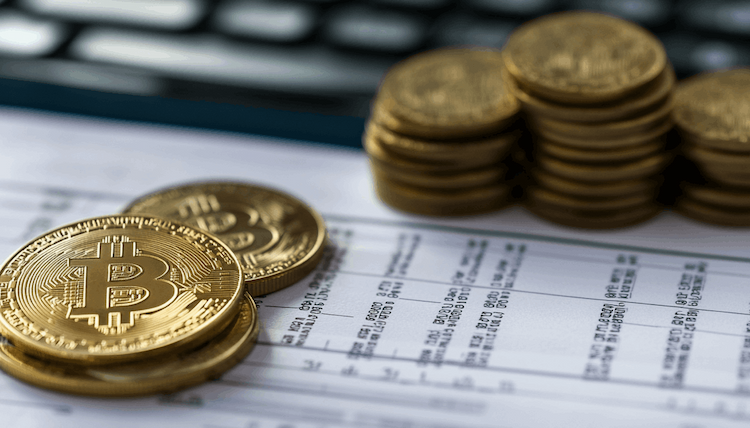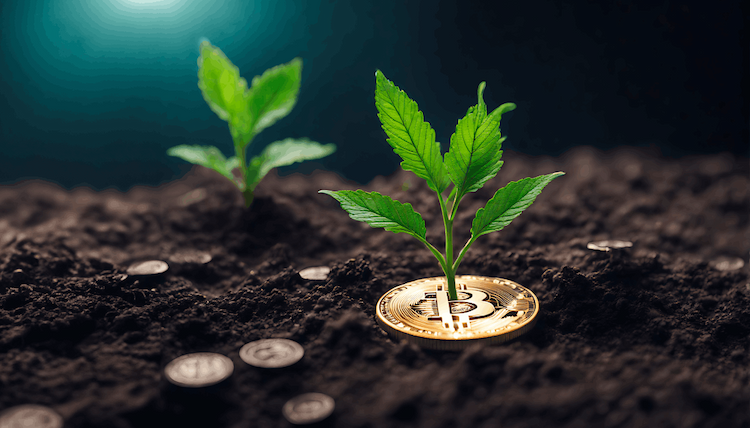
Asset tokenization is emerging as a powerful trend in the financial world, reshaping how we think about ownership and investment. By leveraging blockchain technology, asset tokenization allows tangible and intangible assets to be represented digitally, making them accessible to a broader range of investors and enhancing market efficiency.
At its core, asset tokenization is the process of creating a digital token on a blockchain that represents a share of an underlying asset. These assets can range from real estate properties and fine art to commodities and equity in companies. The token acts as a digital certificate of ownership, secured and verified by the blockchain’s immutable ledger.
How Asset Tokenization Works
The process begins with identifying an asset to tokenize. For example, a piece of real estate can be divided into digital tokens, each representing a fraction of ownership. These tokens are then issued on a blockchain, ensuring that the ownership records are transparent, tamper-proof, and easily verifiable.
The next step is listing these tokens on a compliant platform where they can be traded. Potential investors can buy tokens, gaining a stake in the asset and potentially benefiting from income or value appreciation proportional to their ownership.
Smart contracts play an integral role in the tokenization process. These self-executing contracts, with the terms of the agreement directly written into code, facilitate transactions and automate various aspects such as dividend payments, voting rights, and compliance checks. This automation reduces human error and enhances the efficiency of managing tokenized assets.

Benefits of Asset Tokenization
- Increased Liquidity: Traditionally, assets like real estate and fine art are illiquid, with sales often taking months or even years. Tokenization enables fractional ownership, making buying and selling smaller portions of an asset easier, thus increasing liquidity.
- Accessibility: By breaking down high-value assets into smaller, more affordable tokens, investors from various financial backgrounds can participate in markets previously reserved for high-net-worth individuals.
- Transparency and Security: Blockchain technology offers a secure and transparent way of recording transactions. Each transaction is verified and recorded across a decentralized network, minimizing the risk of fraud.
- Efficiency: Tokenization can streamline processes such as asset transfers, reducing the need for intermediaries and cutting costs associated with traditional asset management.
- Diversification: Investors can diversify their portfolios by holding fractional shares of different types of assets, which reduces risk exposure and allows for a more balanced investment strategy.
Challenges in Asset Tokenization
While the potential is vast, asset tokenization faces some challenges. Regulatory uncertainty remains a significant hurdle. Countries have different rules regarding securities and tokenized assets, making compliance complex for global transactions. Additionally, there is a need for widespread adoption of digital wallets and a deeper understanding of blockchain technology among the general public.
- Technological Barriers: The blockchain networks that support tokenization must be scalable and robust to handle large transaction volumes. Some blockchains may experience issues related to speed and cost, which can hinder the growth of tokenized assets. Solutions like Layer 2 scaling methods and more efficient consensus mechanisms are being developed to address these issues.
- Regulatory Landscape: Navigating the regulatory framework is one of the most pressing challenges for asset tokenization. In some jurisdictions, tokenized assets may be classified as securities, triggering stringent compliance requirements. Projects must adapt to local and international regulations to ensure their offerings are legally sound. This often involves working closely with legal experts and regulatory bodies to develop safe and compliant tokenization frameworks.
Use Cases and Examples
- Real Estate: Tokenizing real estate properties allows investors to own a fraction of a commercial building or luxury residence, democratizing access to the real estate market. Real estate investment through tokenization provides more liquidity and easier entry points for investors who might not have the capital to purchase entire properties.
- Art and Collectibles: High-value art pieces can be tokenized, enabling art enthusiasts to own shares of masterpieces. This diversifies investment portfolios and supports liquidity in an otherwise illiquid market. Blockchain also ensures that the provenance and authenticity of the artwork are easily verified, reducing the risk of counterfeiting.
- Private Equity: Startups and small businesses can tokenize their shares, offering investors an easier way to access early-stage opportunities without extensive paperwork. By issuing tokens representing equity or convertible debt, these companies can attract a wider pool of investors and raise funds more efficiently.
- Commodities: Precious metals such as gold and silver can be tokenized to allow investors to hold fractional shares. Tokenized commodities provide a more accessible way to invest in physical assets without the complexities of storage and logistics.
- Cryptocurrency and DeFi Integration: Asset tokenization seamlessly aligns with the growth of decentralized finance (DeFi). Tokenized assets can be integrated into DeFi platforms, enabling collateralized lending, staking, and liquidity provisioning. For example, real estate-backed tokens can be used as collateral to secure loans on DeFi platforms, unlocking new financial opportunities.
The Future Outlook
As technology evolves and regulatory clarity improves, asset tokenization will likely become a cornerstone of modern finance. By unlocking new investment opportunities, enhancing market liquidity, and providing secure, efficient ownership records, tokenization promises to reshape the landscape for investors and asset holders.
Asset tokenization's potential extends beyond traditional finance. Governments and public institutions are beginning to explore its use for various public sector projects, such as infrastructure funding and public asset management. This could lead to a more participatory form of governance where citizens hold fractional stakes in public projects.
Asset tokenization could indeed pave the way for the next major financial revolution. It promises to democratize access to investments and create more dynamic, inclusive markets. The continued integration of blockchain technology, advancements in smart contract functionalities, and improved regulatory frameworks will be key drivers in realizing this vision.



